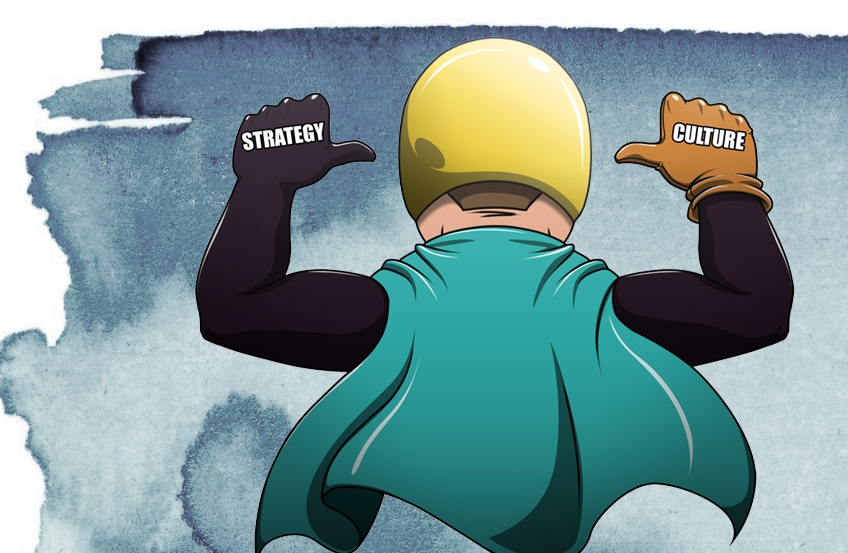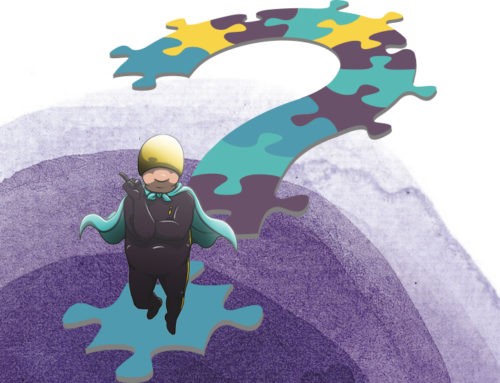Strategy creates competitive advantage,
People and a culture of innovation sustains it and
Technology and communications are the means by which it is delivered.
Digital innovators have a culture of sustaining innovation. They consider innovation so important and such a fundamental part of the business that they process, resource, reward, manage, lead, measure and communicate it. In other words, they weave it through the very fabric of their organisation’s culture. These digital innovators successfully bridge the gap between theory and action. How do they do it?
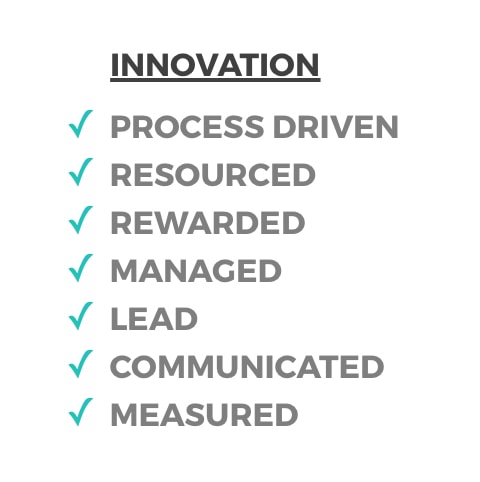
They resource innovation.
Digitally transformed organisations set time aside for innovation – management time, leadership time, people’s time. They safeguard and value the time for this important, non-urgent work. They don’t allow the urgent, important tasks and unforeseen events that make loud, demanding claims on people’s time in every business to consume the time set aside for innovation.

They have processes for innovation.
There are proven methods of innovation that can be studied, learned and incorporated. These businesses do.

They are willing to climb the mountain of pain that leads to innovation.
Innovation goes beyond inspiration and creativity. It requires a mountain of work: researching, diagnosing, developing, testing, analysing, challenging assumptions and re-testing over and over and over again to make a breakthrough.
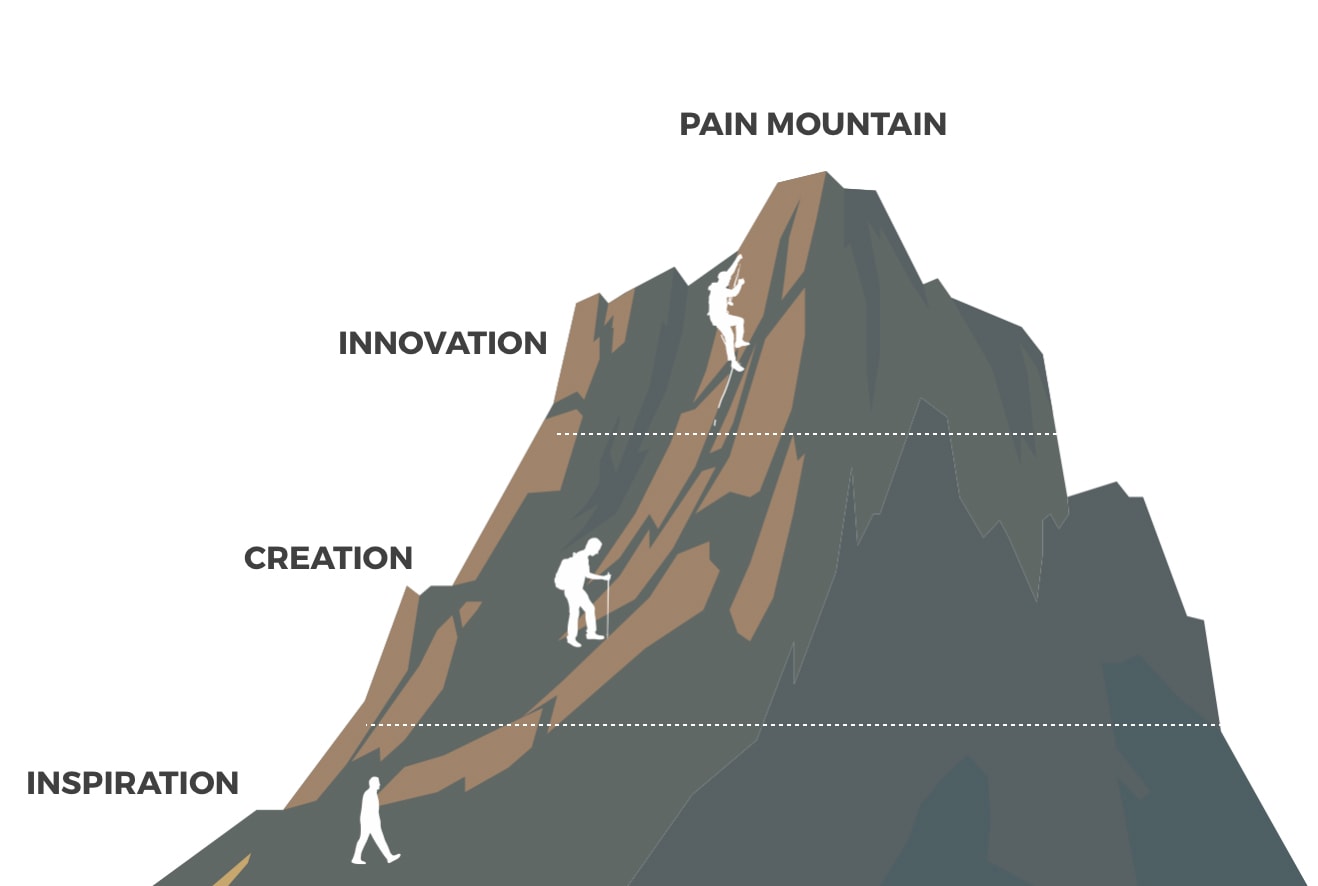
They have diagnosed the problem they must solve.
Organisations with a culture of innovation do not believe in blue sky thinking. They apply their processes of innovation to solving the problem that the leaders identify in their strategy. Strategy creates competitive advantage and more often than not requires innovation. In most cases, these organisations apply technology in a unique way to deliver innovation.

They communicate the vision.
Opportunity is identified in the strategy as are the near term challenges that must be overcome if the organisation is to progress. Leaders and managers communicate the strategic vision so that everyone understands the direction the organisation is heading towards and their part in getting there.
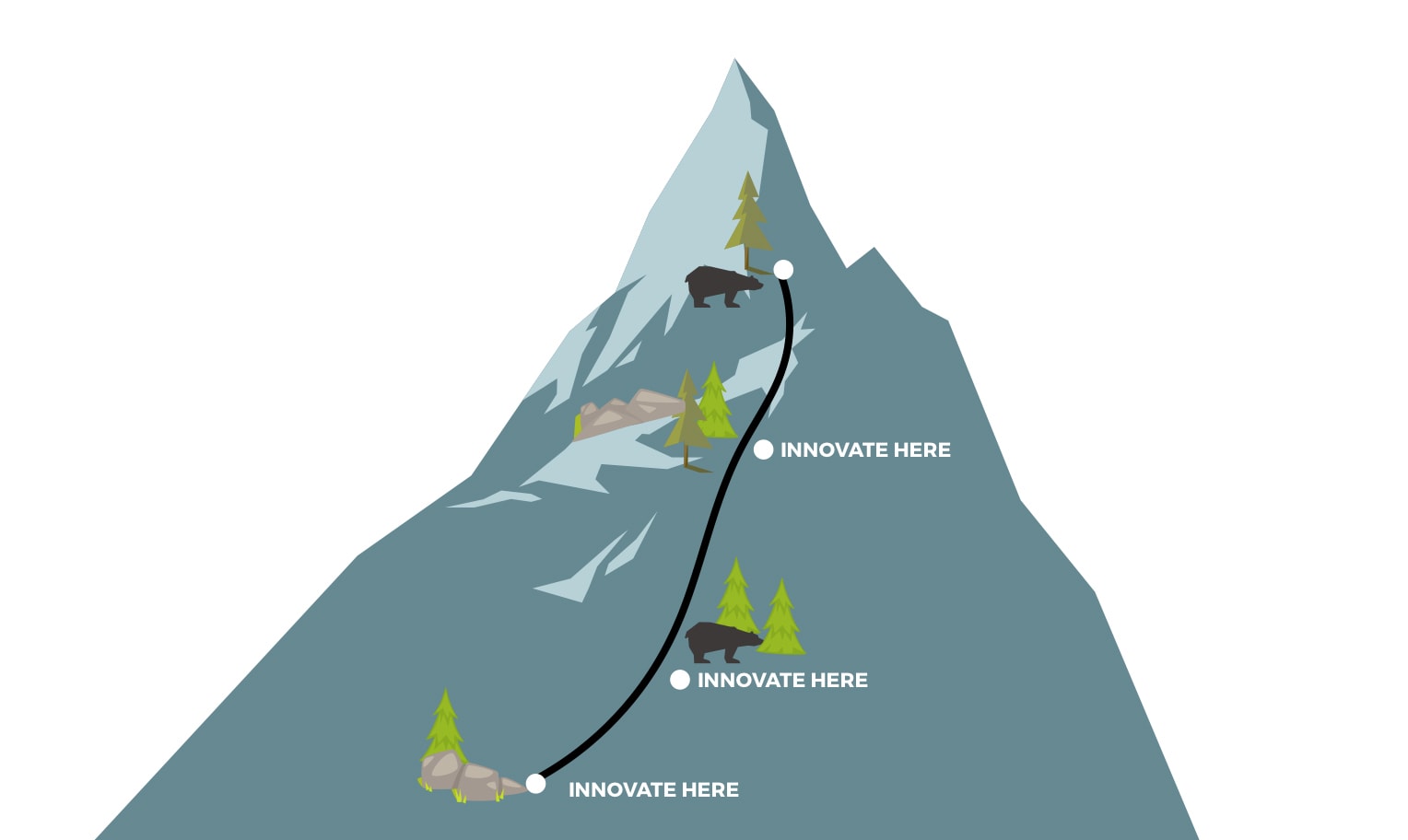
They bring their people along with them.
Digital innovators share responsibility among their team. Their people are willing to adapt to change and to tackle difficult problems. Leaders and managers understand the importance of addressing everyone’s individual hierarchy of needs for people to feel motivated and engaged so they act on it. They provide training and education to any of their people who need it, then they get out of the way and let their people get on with it.
They celebrate their innovations
They communicate success internally and share rewards – when the company does well, everyone gets a slice of the cake.

They innovate repeatedly to solve the strategic challenges
In a culture of innovation it never stops. Real digital innovators go back round this process again and again to perpetuate their competitive advantage.
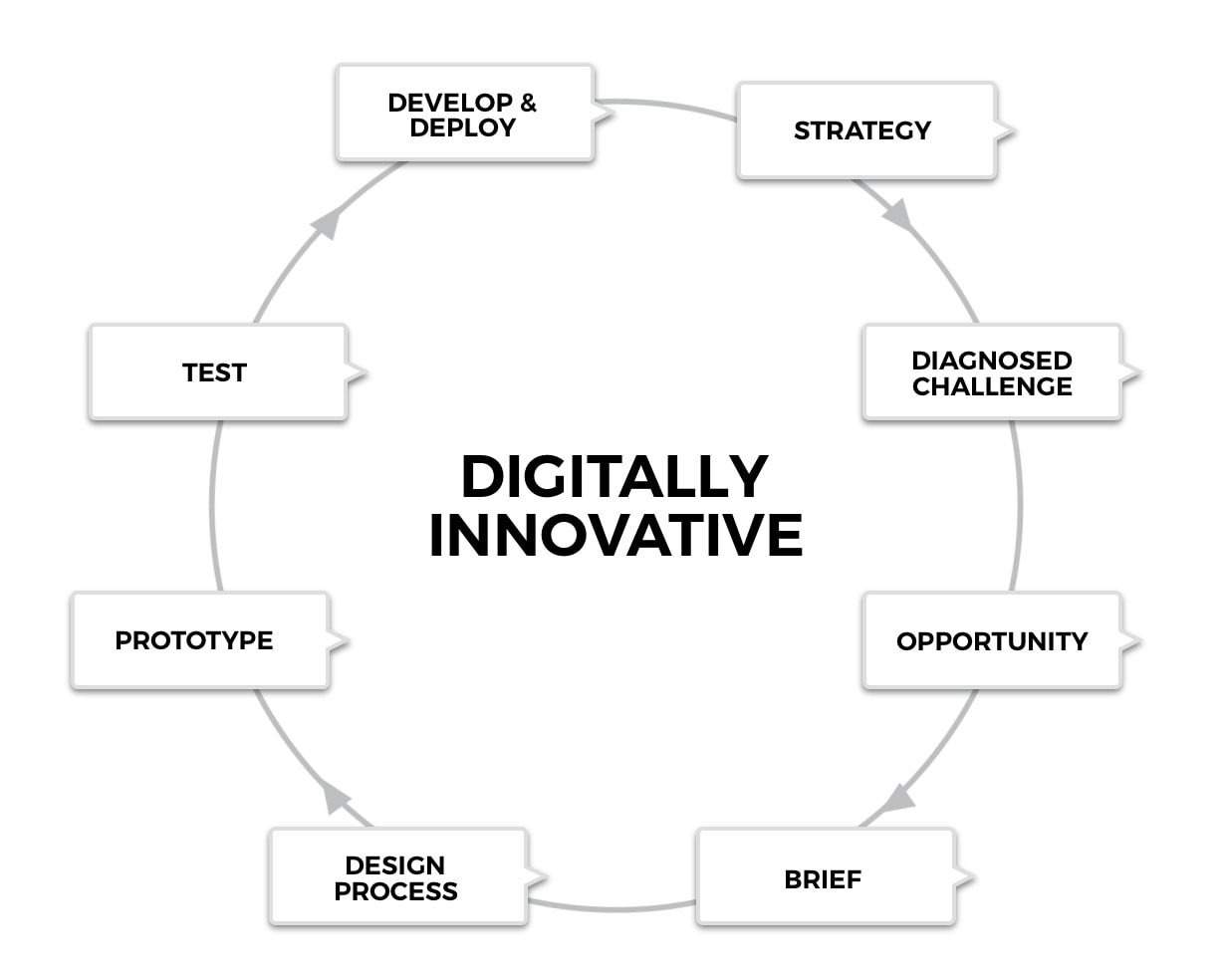
Culture is on the same building block of Digital Transformation as strategy – they go hand in glove. It can support the transformation process or it can kill it before strategy has a chance to become reality. Digitally transformed organisations are digital innovators. Innovation is such an integral part of their modus operandi that it’s embedded into their culture. They weave innovation into their processes, rewards, roles and resources in order to sustain their competitive advantage. In today’s rapidly changing digital world it’s essential.
